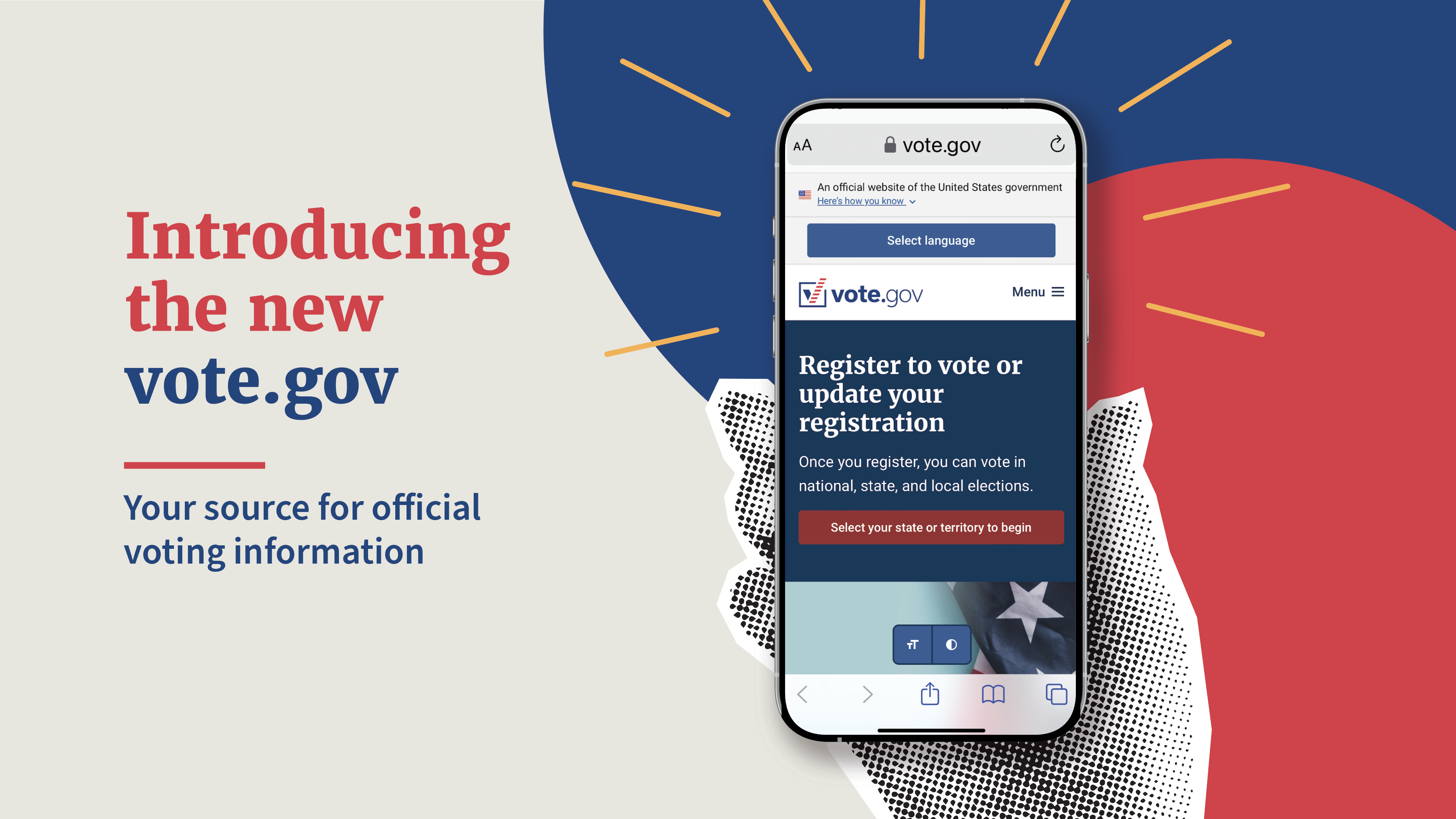At USAGov we always put our customers first. In the wake of our rebranding efforts, our desire to create a positive user experience across the organization has pushed us to turn a scrutinous eye toward Kids.gov -- a site focused on providing information and resources to parents, teachers, and kids. In a cross-organizational effort, individuals from the marketing, user experience, and performance measurement teams have joined forces to “reenvision” the site’s content and presentation to better suit the public’s needs.
In order to accomplish this objective, we broke the project out into three components:
- Site analytics - internal data metrics
- Primary research - interviewing our stakeholders
- Secondary research - competitive analysis/market research
Once each group has completed its review, the task force will scrutinize the findings and develop actionable recommendations. This could include changing content, layout, the focus/vision of the program, or even eliminating the site.
Today we’ll focus on the secondary research team and the steps they’re taking to understand Kids.gov users.
Audience
We identified 4 major audiences: kids, parents, teachers, and librarians. From there we considered demographic information that could affect the way each group collected and consumed information. For example, age and socioeconomic status were factors that commonly had an impact.
Teachers under age 35 are more likely than teachers age 55 and older to describe themselves as “very confident” when it comes to using new digital technologies (64% vs. 44%) - Pew Research Center
Parents living in households with an annual income of less than $50,000 are somewhat more likely to come across useful parenting advice with greater frequency –10% do so “frequently” compared with 4% of higher-income parents on social media. - Pew Research Center
We used research from this phase of our analysis to inform our understanding of stakeholder needs and expectations.
Customer Needs
With a new knowledge of who our customers are, the secondary research team focused in on identifying customer needs, expectations, and their habits relating to certain products and services. From there, we then broadened our scope to evaluate how we compare among top commercial and government competitors. Using tools like Google page rankings and SEMrush (a competitive intelligence suite for online marketing), we were able to gain a clearer picture. For example, information on school grants and funding, a common teacher request, is addressed by a number of other government sites, including ed.gov and grants.gov. At the same time Kids.gov failed to register in the top 250 Google results for keywords searches pertaining to this stakeholder need.
Moving Forward
As we enter the final stage of research prior to developing a report for USAGov directors, we will perform a Strengths, Weaknesses, Opportunities, and Threats (SWOT) analysis. Doing so will help inform questions like:
- Are there functional areas we should eliminate?
- Is there content we should give more attention to?
- Where do we add value?
- What are our niches?
In order to serve a dynamic nation, we must be a dynamic content provider.
Stay tuned for more details on the Kids.gov reenvisioning project.
Megan Fella is a detailee from the Emerging Leaders Program.



